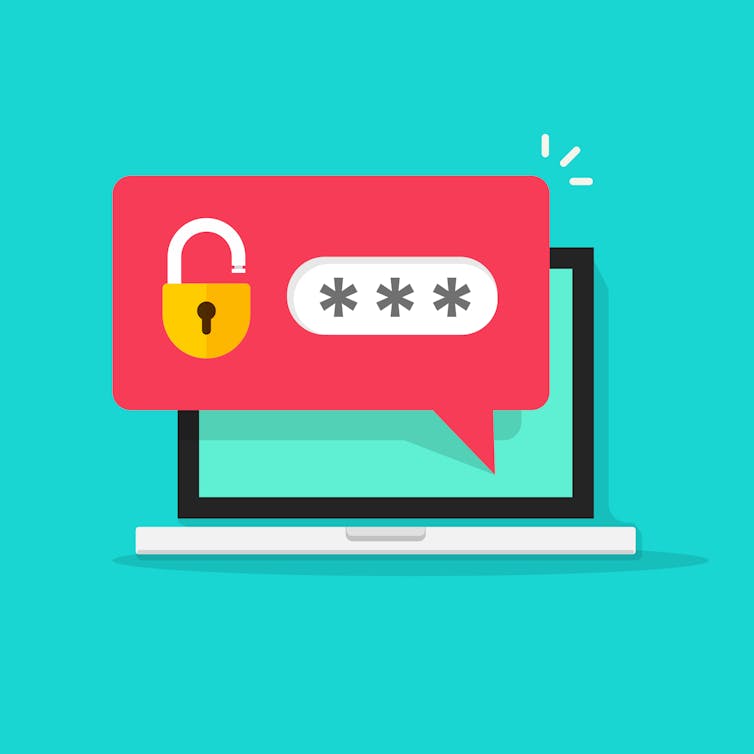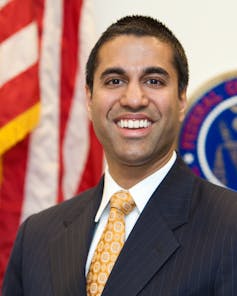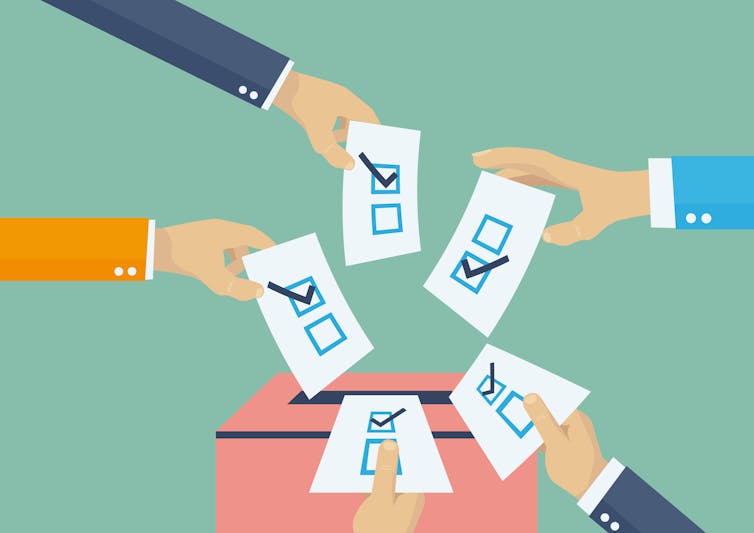
Editor’s note: the following is roundup of previously published articles.
Passwords are everywhere – and they present an impossible puzzle. Social media profiles, financial records, personal correspondence and vital work documents are all protected by passwords. To keep all that information safe, the rules sound simple: Passwords need to be long, different for every site, easy to remember, hard to guess and never written down. But we’re only human! What is to be done about our need for secure passwords?
Get good advice
Sadly, much of the password advice people have been given over the past decade-plus is wrong, and in part that’s because the real threat is not an individual hacker targeting you specifically, write five scholars who are part of the Carnegie Mellon University passwords research group:
“People who are trying to break into online accounts don’t just sit down at a computer and make a few guesses…. [C]omputer programs let them make millions or billions of guesses in just a few hours…. [So] users need to go beyond choosing passwords that are hard for a human to guess: Passwords need to be difficult for a computer to figure out.”
To help, those researchers have developed a system that checks passwords as users create them, and offers immediate advice about how to make each password stronger.
Use a password manager
All that computing power can work to our advantage too, writes Elon University computer scientist Megan Squire:
“The average internet user has 19 different passwords. It’s easy to see why people write them down on sticky notes or just click the ‘I forgot my password’ link. Software can help! The job of password management software is to take care of generating and remembering unique, hard-to-crack passwords for each website and application.”
That sounds like a good start.
Getting emoji – 🐱💦🎆🎌 – into the act
Then again, it might be even better not to use any regular characters. A group of emoji could improve security, writes Florian Schaub, an assistant professor of information and of electrical engineering and computer science at the University of Michigan:
“We found that emoji passcodes consisting of six randomly selected emojis were hardest to steal over a user’s shoulder. Other types of passcodes, such as four or six emojis in a pattern, or four or six numeric digits, were easier to observe and recall correctly.”
Still, emoji are – like letters and numbers – drawn from a finite library of options. So they’re vulnerable to being guessed by powerful computers.
Drawing toward a solution
To add even more potential variation to the mix, consider making a quick doodle-like drawing to serve as a password. Janne Lindqvist from Rutgers University calls that sort of motion a “gesture,” and is working on a system to do just that:
“We have explored the potential for people to use doodles instead of passwords on several websites. It appeared to be no more difficult to remember multiple gestures than it is to recall different passwords for each site. In fact, it was faster: Logging in with a gesture took two to six seconds less time than doing so with a text password. It’s faster to generate a gesture than a password, too: People spent 42 percent less time generating gesture credentials than people we studied who had to make up new passwords. We also found that people could successfully enter gestures without spending as much attention on them as they had to with text passwords.”
Easier to make, faster to enter, and not any more difficult to remember? That’s progress.
A world without passwords
Any type of password is inherently vulnerable, though, because it is an heir to centuries of tradition in writing, writes literature scholar Brian Lennon of Pennsylvania State University:
“[E]ven the strongest password … can be used anywhere and at any time once it has been separated from its assigned user. It is for this reason that both security professionals and knowledgeable users have been calling for the abandonment of password security altogether.”
What would be left then? Only attributes about who we are as living beings.
The unknowable password
Identifying people based not on what they know, but rather their actual biology, is perhaps the ultimate goal. This goes well beyond fingerprints and retina scans, Elon’s Squire explains:
“[A] computer game similar to ‘Guitar Hero’ [can] train the subconscious brain to learn a series of keystrokes. When a musician memorizes how to play a piece of music, she doesn’t need to think about each note or sequence. It becomes an ingrained, trained reaction usable as a password but nearly impossible even for the musician to spell out note by note, or for the user to disclose letter by letter.”
That might just do away with passwords altogether. And yet if you’re really just longing for the days of deadbolts, padlocks and keys, you’re not alone.
Don’t just leave things to a password
User authentication using an electronic key is here, as Penn State-Altoona information sciences and technology professor Jungwoo Ryoo writes:
“A new, even more secure method is gaining popularity, and it’s a lot like an old-fashioned metal key. It’s a computer chip in a small portable physical form that makes it easy to carry around. (It even typically has a hole to fit on a keychain.) The chip itself contains a method of authenticating itself … And it has USB or wireless connections so it can either plug into any computer easily or communicate wirelessly with a mobile device.”
![]() Just don’t leave your keys on the table at home.
Just don’t leave your keys on the table at home.
Jeff Inglis, Science + Technology Editor, The Conversation
This article was originally published on The Conversation. Read the original article.




